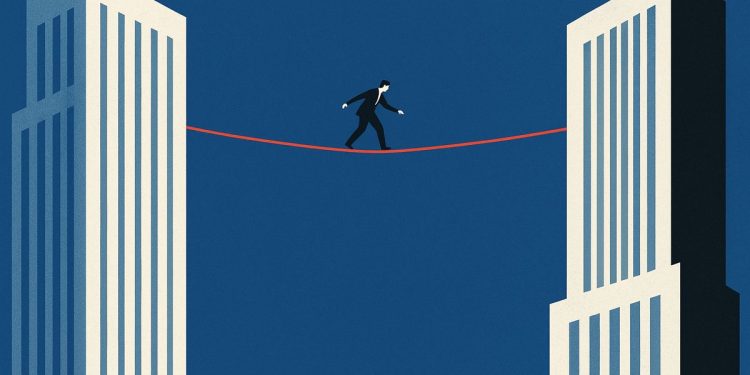Amazon’s engineering culture is defined by three core principles: customer obsession, scale-first design, and relentless ownership. These pillars guide over 200,000 technologists, shaping everything from product strategy for Alexa to the architecture of its global delivery network. While this system drives rapid innovation, many engineers find it both efficient and unforgiving, accelerating product development while creating an environment of sustained pressure.
Inside Amazon’s Engineering Culture: Customer-Obsession, Scale-First, and Relentless Ownership in practice
Amazon’s engineering culture prioritizes customer needs above all else, mandating that new services launch at scale with strict cost targets. Engineers maintain complete ownership of their code from development to production, including on-call duties, incident response, and long-term maintenance, ensuring deep accountability for every feature.
In practice, customer obsession translates to extensive service instrumentation and real-time dashboards that detect latency spikes in seconds, often before customers notice. Recent investments in AI-driven personalization, as highlighted in CMSWire’s analysis of predictive engagement, further this by proactively recommending both fixes and new features.
The scale-first mindset imposes a high bar: new services must launch simultaneously in multiple regions and meet strict cost-per-request targets from day one. A project’s failure to meet these thresholds can lead to its cancellation, regardless of its innovative potential.
Finally, ownership closes the loop. The developer who writes the code is responsible for it in production, handling on-call rotations, drafting incident reports, and defining the recovery roadmap. As senior engineers state, if a pager goes off at 2 a.m., the person on call owns the root cause.
While Amazon publishes 16 leadership principles, three consistently dominate engineering decisions:
- Customer Obsession – Start with the customer and work backward.
- Bias for Action – Prioritize calculated risks to maintain speed.
- Ownership – Act on behalf of the entire company, not just one’s team.
These principles directly support CEO Andy Jassy’s vision of small, autonomous “two-pizza” teams capable of rapid iteration with minimal oversight.
Scale-first architecture and the ownership mindset
The culture is directly reflected in architectural choices. Most backend systems are built as microservices with single-purpose APIs, isolated data stores, and strict scaling requirements. While teams have autonomy over languages and frameworks, they are required to publish clear interface contracts and automated cost forecasts.
Engineers describe intense design reviews where VPs scrutinize individual line items in capacity models. This high-stakes process compresses months of traditional enterprise planning into weeks, often forcing multiple rewrite cycles before a product can launch.
Recent layoffs have intensified this environment. The 2025 wave, which targeted software and middle management roles, was framed as a move to become “the world’s largest startup.” Remaining teams absorbed the workload with unchanged deadlines, reinforcing the mantra of ownership.
Employee well-being pressures inside Amazon’s engineering culture
Aggressive performance targets create measurable strain on employees. A strict five-day return-to-office mandate compounded this pressure; according to Allwork.Space, 68 percent of surveyed employees considered quitting over the policy. Current staff report that longer commutes now cut into personal time previously used to recover from late-night on-call shifts.
High employee churn exacerbates the problem, as open positions remain unfilled longer, forcing senior developers to cover junior-level tasks. Although some teams use generative AI chatbots on Amazon Bedrock to automate triage and reduce burnout, the cognitive load from constant context switching persists.
In response, Amazon highlights significant investments in well-being, including two billion dollars for safety initiatives since 2019 and tuition programs for high-demand skills. However, many engineers argue these perks do little to offset the relentless urgency embedded in quarterly goals.
Metrics that drive – and sometimes derail – retention
Key performance indicators (KPIs) are tied directly to customer-facing outcomes like checkout latency, defect rates, and feature adoption. Missing a critical customer metric can trigger a formal fitness review and jeopardize a team’s funding. This creates clear accountability but also elevates stress, especially when headcount is reduced.
A 2024 internal survey, cited by external analysts, revealed mixed productivity outcomes. While teams using new AI tools reduced code review times by 30 percent, those most affected by attrition saw a rise in service incidents.
Despite these challenges, recruiters leverage Amazon’s powerful brand. The company is consistently Fortune continues to rank the company among its most admired and listed by LinkedIn lists it as a top U.S. employer. Nonetheless, insiders advise candidates to carefully weigh the generous compensation against the high potential for burnout.
In 2025, Amazon expanded its cultural pillars, updating internal guidance to include social responsibility alongside customer metrics. Engineers are now required to document the environmental impact of new compute clusters, which some see as a maturation of the ownership principle, extending accountability beyond revenue.
The result is a high-contrast work environment that combines world-class tooling with uncompromising performance expectations. For some engineers, this formula provides an unparalleled opportunity for rapid career growth and ownership of products used by millions. For others, the sustained intensity makes an exit inevitable once stock options have vested.



















